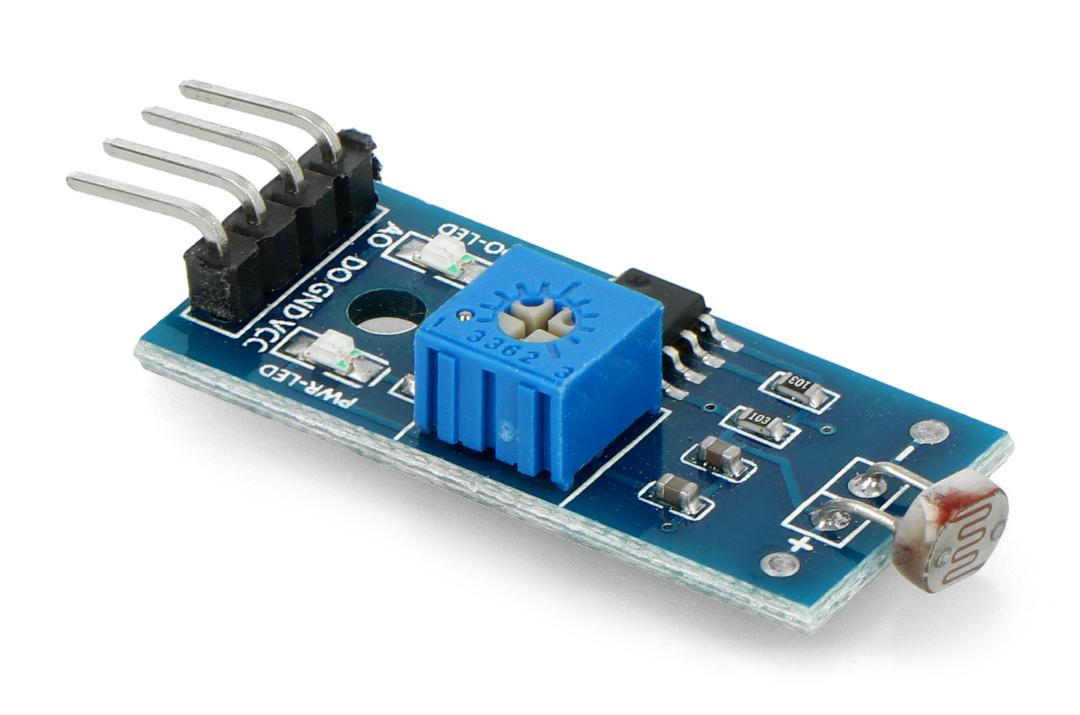Light Sensors - The Eyes of Technology

Light sensors play a vital role in many electronic devices by acting as the eyes of technology. They allow devices to detect and respond to light in their environment. From smartphones to home automation systems, light sensors are an integral component powering various functions. In this article, we will explore the technology behind light sensors and some of their key applications.
What are Light Sensors?
A Light Sensor is an electronic component that converts light intensity into an electronic signal. The most common types of light sensors are photoconductive cells, photovoltaic cells, and photodiodes.
Photoconductive Cells
Photoconductive cells operate based on the photoconductive properties of materials. Their electrical conductivity varies depending on the amount of light falling on them. A photoconductive cell consists of a photosensitive semiconductor coated between two electrodes. When light strikes the semiconductor, it causes a change in electrical resistance which can then be measured. The resistance decreases with increasing light intensity. Cadmium sulfide is commonly used in photoconductive light sensors due to its strong response in the visible light range.
Photovoltaic Cells
Photovoltaic or solar cells work on the principle of the photovoltaic effect where electrical energy is generated due to the interaction of light with the p-n junction in a semiconductor. When photons from light are absorbed by the semiconductor, they loose energy causing the release of electrons to flow in the external circuit. This generates electricity. Silicon is the most widely used material in photovoltaic cells due to its availability and capability to efficiently convert sunlight into electricity. They are often used in solar calculators and home solar power systems.
Photodiodes
A photodiode is a specialized type of semiconductor diode that converts light into an electric current. It is constructed from a specially doped p-n junction semiconductor material with optical and electronic properties. Different materials allow for sensitivity to different wavelengths of light. When photons are incident on the photodiode, electron-hole pairs are generated which creates a current proportional to the intensity of incident light. Photodiodes find applications ranging from optical mice to light meters.
Key Applications of Light Sensors
With the technology evolving rapidly, light sensors are being used widely in several fields. Here are some of their major applications:
Mobile Phones
Light sensors play a key role in smartphones by automatically adjusting display brightness based on ambient lighting conditions. This saves battery power and provides a better viewing experience to users. Proximity sensors using infrared light are also used to detect when the phone is placed near the ear during calls to turn off the display.
Home Automation
Light sensors enable automatic control systems in homes. They are used in motion activated lights that turn on when movement is detected. Lux sensors adjust indoor lighting based on natural light levels. Daylight sensors in skylights, windows or dedicated fixtures activate electrical lighting only when needed.
Industrial Automation
In factories, light sensors detect presence or absence of objects on production lines and automatically enable or disable machinery. They are utilized for tasks like inspecting products for defects and controlling processes based on light transmission. Photoelectric sensors commonly use infrared light beams to count items passing by.
Medical Equipment
Pulse oximeters and other medical diagnostic tools utilize light sensors to monitor vital signs non-invasively. Photoplethysmography measures blood volume change in the microvascular tissue bed. Fiber optic sensors are also used for imaging and sensing applications in endoscopy and microscopy.
Security Systems
Motion activated security lights, CCTV cameras with infrared night vision, and optical smoke detectors all rely on light sensors. They detect motion and anomalies through changes in light levels to trigger alarms and capture footage for security purposes. Photo electric switches are commonly used for automatic control of exterior lighting.
Conclusion
To summarize, light sensors provide an indispensable input across various industries by allowing devices to perceive and interact with light in their environment. With continuous technological advancements, they are becoming more precise and intelligent while decreasing in size. This paves the way for novel applications in emerging areas like autonomous vehicles, IoT, virtual and augmented reality. Light sensors will undoubtedly remain at the forefront in powering innovative products and automating our world through optical sensing capabilities.
Get more insights on Light Sensors
- Art
- Causes
- Crafts
- Dance
- Drinks
- Film
- Fitness
- Food
- الألعاب
- Gardening
- Health
- الرئيسية
- Literature
- Music
- Networking
- أخرى
- Party
- Religion
- Shopping
- Sports
- Theater
- Wellness
- IT, Cloud, Software and Technology


